Africa’s Big Five
Africa’s Big Five
The African leopard is a favourite for African wildlife enthusiasts © Charl Stols
Quick links
Africa’s Big Five • Where to photograph the Big Five • Which rhino is part of the Big Five • Shy Five • Green Five
Little Five • Impossible Five • Ugly Five • New Big Five • In conclusion
Our photographic guide for the Big Five
Africa is renowned for its rich and varied wildlife, drawing in nature lovers and wildlife photographers from around the world. Among this diverse array of fauna stand the lion, elephant, buffalo, leopard, and rhinoceros – collectively celebrated as “Africa’s Big Five”. While they are now top attractions on many travellers’ “must-see” lists, the origins of this designation are deeply rooted in the continent’s colonial history.

African buffalo (Cape buffalo) on the Chobe River © Charl Stols
The term “Big Five” emerged in the late 1800s, denoting the five animals that trophy hunters deemed the most difficult and perilous to hunt on foot. Although hunting of these animals persists today, the surge in tourism has led to a heightened emphasis on conservation and raising awareness.
In this blog, we will cover some fascinating facts about the Big Five as well as where you can see and photograph the Big Five while on safari with Pangolin Photo Safaris. Additionally, we’ll share more information on the other “5s” that have been created in recent years.

It goes without saying that Africa is home to several incredible destinations for photographing the Big Five. Our favourites are The Okavango Delta (although sightings of rhinos are rare due to poaching in previous years), The Masai Mara as well as Madikwe Game Reserve. Let’s expand!
The Okavango Delta in Botswana stands as a distinctive and scenic wetland ecosystem, serving as a sanctuary for wildlife, including the Big Five. While the Rhino is an elusive sighting in the Delta, to ensure our guests witness all members of the Big Five, we often merge trips to the Delta with the Central Kalahari.

The African elephant in its natural habitat © William Steel
Photographing the Big Five in Madikwe Game Reserve is a must-do at least once. Located in South Africa, this pristine reserve offers diverse habitats and low visitor numbers, allowing for exclusive wildlife encounters.
The Maasai Mara National Reserve in Kenya is known for its incredible wildlife sightings. It offers abundant opportunities to photograph these animals, especially during the annual wildebeest migration.

Spot big five animals from the Okavango Delta
Both the black and white rhinos are part of the Big Five. The main differences between black rhinos and white rhinos lie in their physical characteristics, behaviours, and habitats.
Black rhinos have a smaller and more compact body with a pointed upper lip, which they use to browse on leaves and twigs. White rhinos, on the other hand, have a larger and more square-shaped head with a wide, flat upper lip adapted for grazing on grass.

White rhinoceros © Janine Krayer
White rhinos
White rhinos are generally larger than black rhinos and can weigh up to 2.5 tons and reach lengths of 3.5 to 4 meters, while black rhinos are smaller, weighing up to 1.4 tons and measuring around 3 to 3.75 meters in length.
The black rhinoceros is typically found in more dense and bushy habitats, such as thickets and woodlands. They are adapted to manoeuvre through these environments. White rhinos, on the other hand, prefer more open grasslands and savannahs, where they can graze on grass.

White rhino and egret © William Steel
Black rhinos
Black rhinos are known for their solitary nature, can be more aggressive and territorial, and are considered dangerous animals, especially towards other rhinos. White rhinos, on the other hand, are often seen in small groups called crashes, consisting of females and their offspring.
Black rhinoceroses are considered critically endangered, with a population of around 5,000 individuals, and are primarily found in sub-Saharan Africa, specifically in countries such as Namibia, South Africa, Zimbabwe, Kenya, and Tanzania.

A black rhinoceros in Etosha National Park © Stu Porter
What are the “Shy Five”, “Green Five,” “Little Five,” “Impossible Five,” and “Ugly Five”?
These terms are often used in tourism to highlight the diversity of wildlife and plant life found in Africa, providing visitors with the opportunity to appreciate and learn about a range of species beyond the traditional Big Five.

The well-loved Meerkat © Sabine Stols & Charl Stols
The Shy Five refers to a group of small and elusive animals that are often overlooked in wildlife sightings. It includes the meerkat, aardvark, porcupine, bat-eared fox, and aardwolf. These animals are known for their shy and secretive behaviour, making them more challenging to spot in the wild.

Bat-eared fox an elusive animal on a southern Africa safari © Charl Stols
The Green Five represent a group of plant species that are emblematic of the African wilderness. These plants are often associated with the diverse ecosystems found in Africa and include the baobab tree, marula tree, fever tree, mopane tree, and acacia tree. They are considered iconic symbols of the African landscape.

Star trails and baobab © Sabine Stols
The Little Five refers to a collection of small creatures, each representing a different member of the Big Five. It includes the elephant shrew (representing the elephant), rhinoceros beetle (representing the rhino), buffalo weaver (representing the buffalo), leopard tortoise (representing the leopard), and ant lion (representing the lion). These animals were chosen for their resemblance or association with their larger counterparts in the Big Five.

Rhinoceros Beetle © William Steel
The Impossible Five, well, the name says it all! These elusive animals are the Cape Mountain Leopard, the Aardvark, the Pangolin, the Riverine Rabbit and the naturally occurring White Lion. Due to their secretive nature and nocturnal habits, these animals are challenging to find and observe in the wild – but indeed, an almost once-in-a-lifetime experience if you are lucky enough to spot one. What is a pangolin? Learn more here.

Pangolin © Helena Atkinson
Africa’s less glamorous animals make up the Ugly Five – they might not be the most beautiful animals to photograph but they hold a unique charm and are fascinating to observe. These are the warthog, hyena, marabou stork, vulture, and the wildebeest. It’s important to note that these animals also play an integral part of the African ecosystem.

Spotted Hyena © Janine Krayer
The “new Big Five of Wildlife” is a term used to highlight five iconic and endangered animal species that need conservation efforts. These species are chosen based on their charisma, ecological importance, and conservation status.
The New Big Five of Wildlife aims to draw attention to these animals and raise awareness about the threats they face to promote their protection.

Gorillas in East Africa © Nelis Wolmarans
The specific animals included in the New Big Five of Wildlife can vary depending on different campaigns and initiatives, but some examples often mentioned are the African elephant, lion, rhinoceros, leopard, and gorilla. However, there is no official or universally agreed-upon list, and different organisations and campaigns may have their own selection of species for the New Big Five of Wildlife.
Since the specific animals featured in the African Photo Five can vary depending on the campaign or initiative, it is recommended to refer to the specific source or organisation promoting the concept for the most accurate information on where to find them.
These species may be found in various regions across Africa, including national parks, reserves, and wildlife-rich areas. Conducting research or consulting wildlife guides and experts can help identify the best locations to spot these animals and capture stunning photographs.
(To gain a deeper understanding of the new big five, we recommend reading this article.)
Where are the best places to photograph the African lion, African elephant and African buffalo?
While we have already discussed the general locations where the big five can be spotted, there are certain places that offer more specific and abundant sightings for photographers. The Okavango Delta, South Luangwa National Park, and the Masai Mara are prime areas to find leopards.

Young african lion in the national parks of East Africa © Sabine Stols
Lions, being a popular attraction on safaris, can be observed in various destinations, including the Okavango Delta, Chobe, Kalahari in Botswana, and Madikwe in South Africa.
For breathtaking sightings of buffalo, Chobe National Park is highly recommended. Additionally, Madikwe is home to both white and black rhinos, along with the rest of the big five.

African savanna elephant in the Chobe river © William Steel
In conclusion, the big five—consisting of the lion, leopard, buffalo, elephant, and rhinoceros—are undoubtedly among the most captivating and sought-after wildlife species in Africa. For photographers, travelling to see these magnificent creatures offers a unique opportunity to capture awe-inspiring images and create lasting memories.
These iconic animals not only possess remarkable beauty and power but also embody the essence of Africa’s untamed wilderness. From the thrilling chase of a lioness to the silent grace of a leopard, witnessing the big five in their natural habitats is a truly extraordinary experience.
It allows photographers to immerse themselves in the untamed splendour of the African landscape, capturing moments that tell stories of strength, survival, and the delicate balance of nature.
The big five are not merely subjects for photographs but symbols of conservation and the need to protect these incredible species for future generations. Therefore, photographers who embark on a journey to see the big five not only fulfil their artistic pursuits but also contribute to the preservation of Africa’s invaluable wildlife heritage.
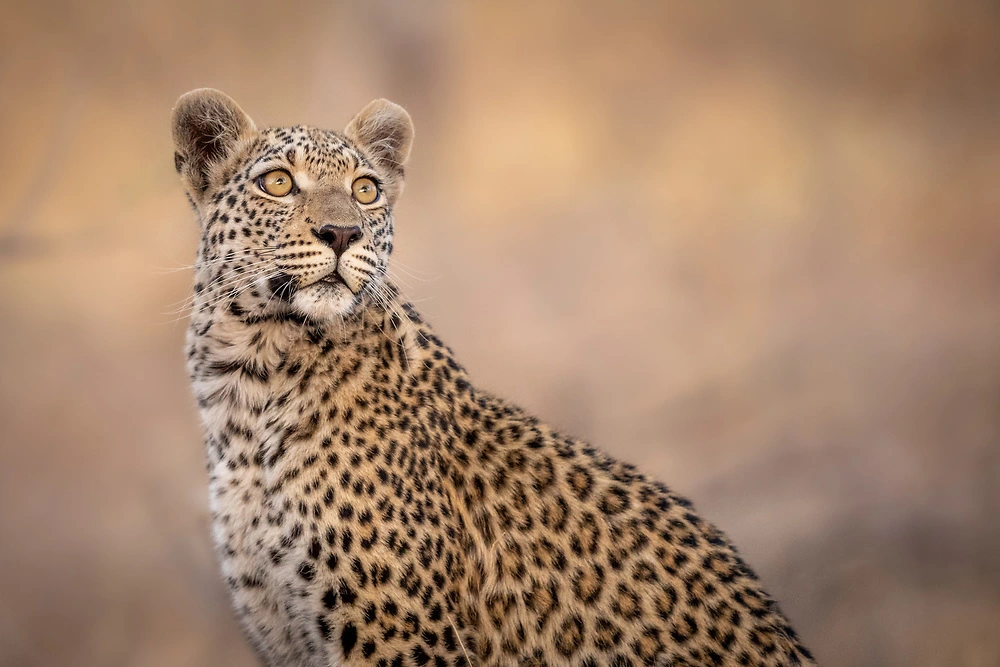
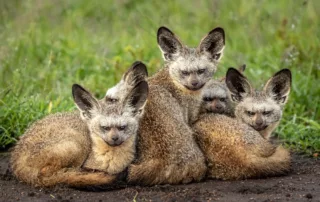
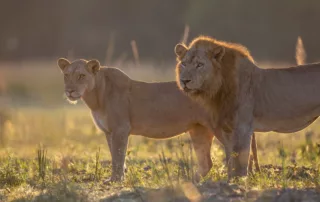
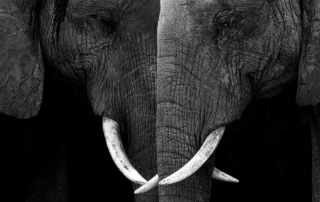
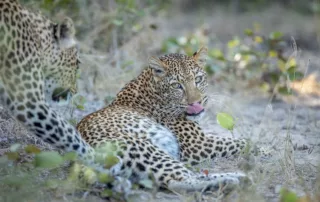
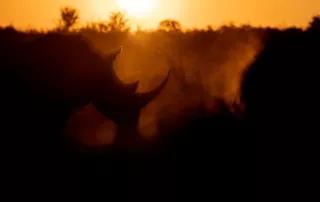
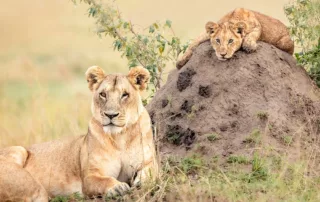
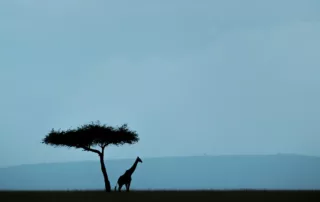
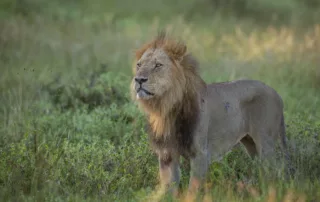
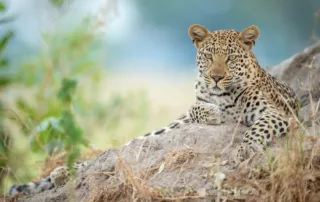
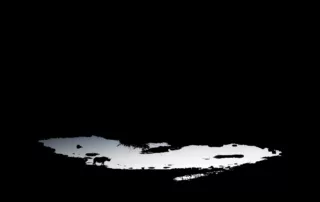
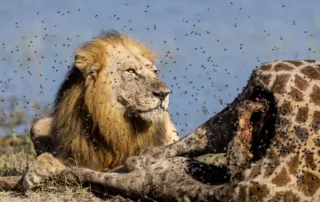
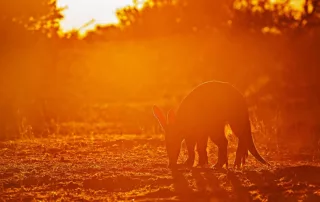

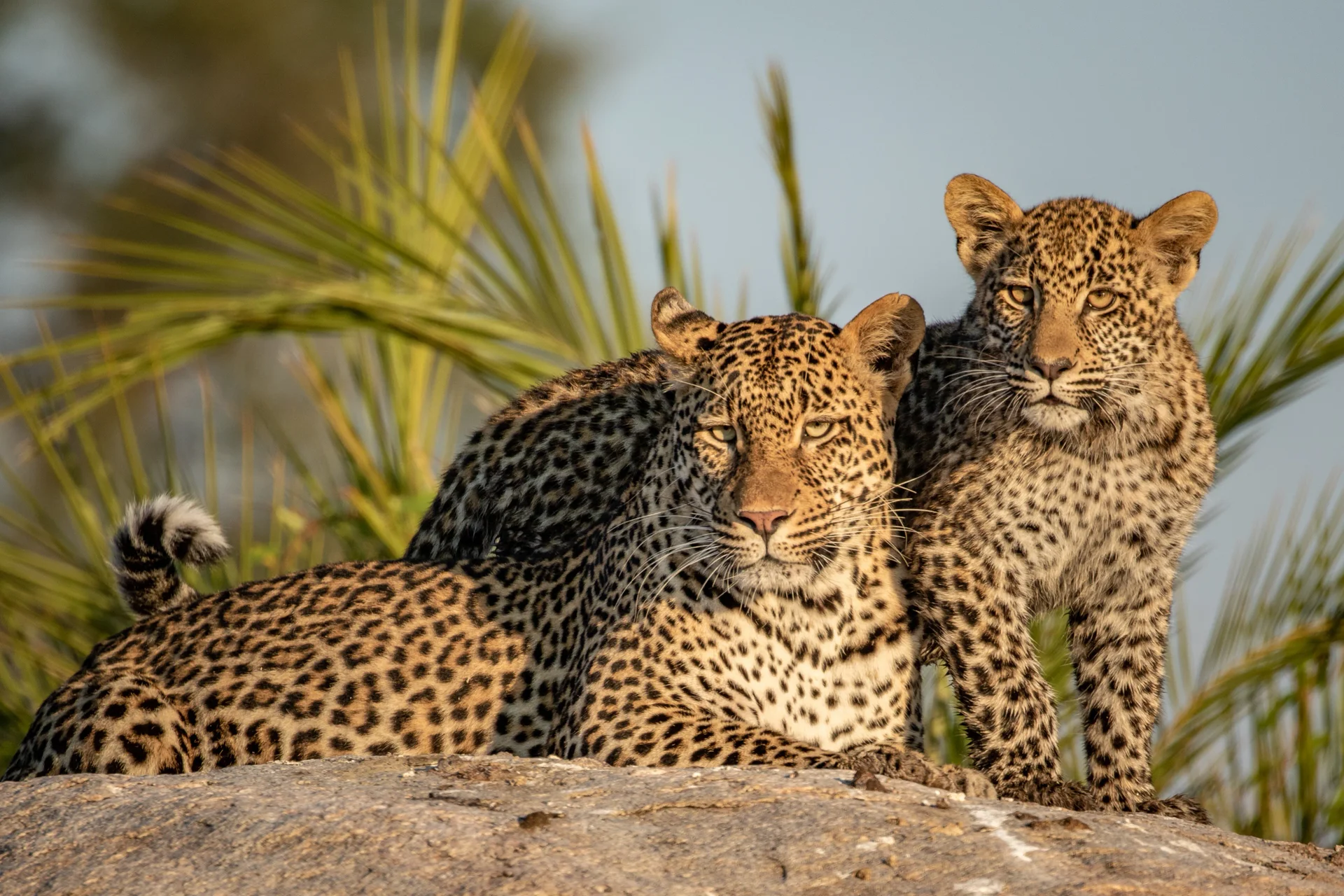
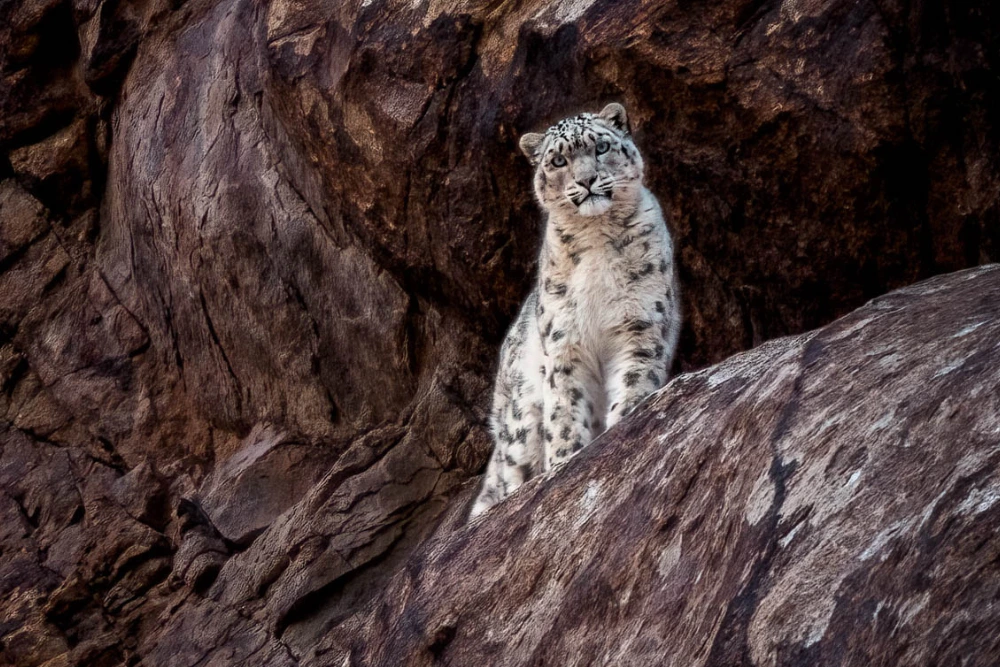
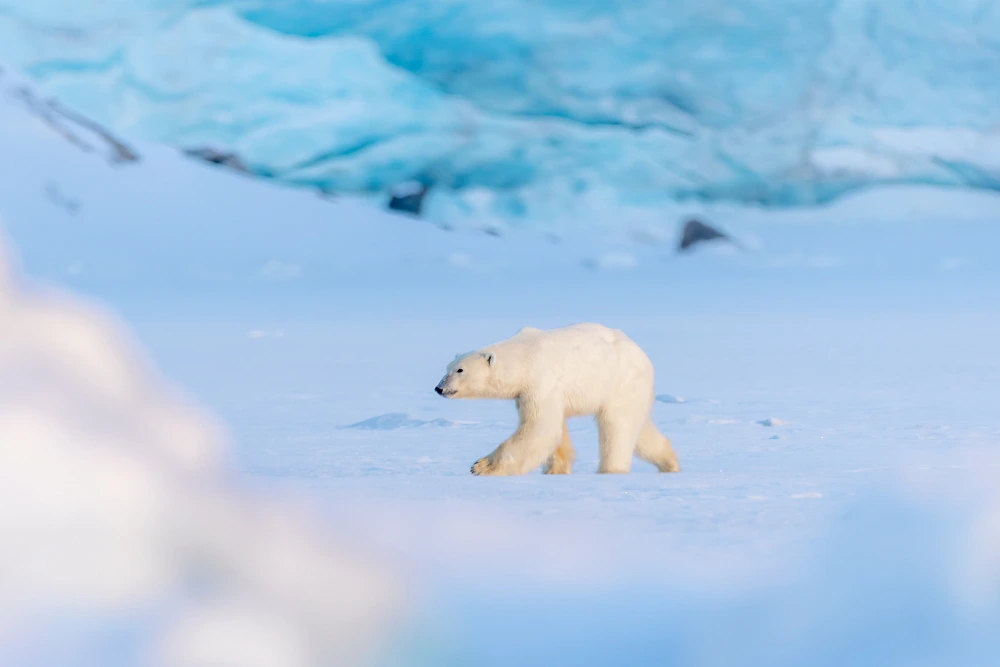
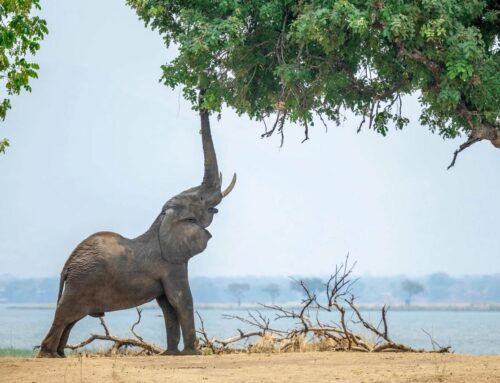
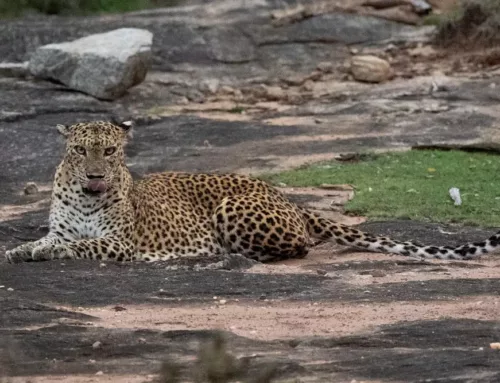
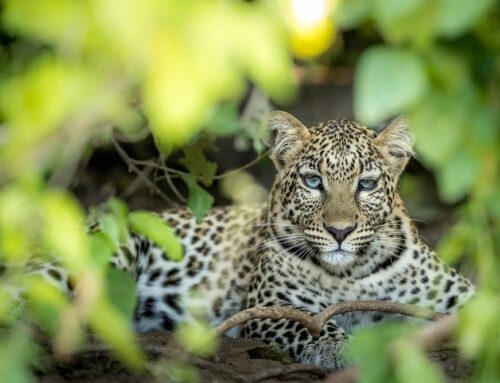
Leave A Comment
You must be logged in to post a comment.